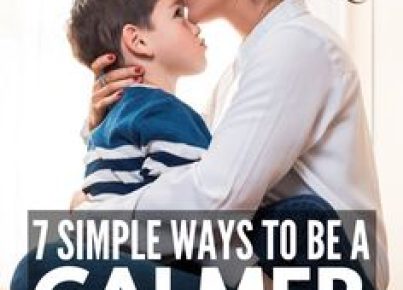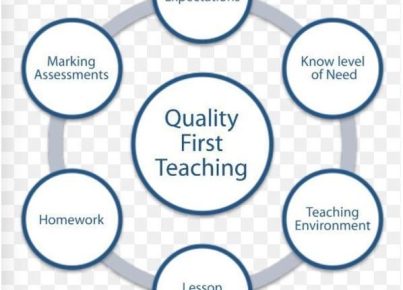Introduction:
“13 Reasons Why” is a popular Netflix series that follows the story of a high school girl named Hannah Baker who dies by suicide and leaves behind 13 tapes explaining the reasons for her decision. With the show gaining widespread attention from students and educators alike, I feel compelled to share my thoughts as someone who interacts with teenagers on a daily basis in the role of a teacher.
The Glamorization of Tragedy:
One of my main concerns about “13 Reasons Why” is the glamorization of Hannah Baker’s suicide. By crafting 13 tapes to detail her reasons, it creates the illusion that she has control and power over her life even in death. This portrayal may lead impressionable youths to believe that there is some sort of heroism in self-harm and suicide, which is an incredibly dangerous message to be sending.
Lack of Proper Help Seeking:
Throughout the series, Hannah faces numerous challenges and obstacles. While it does accurately depict some struggles faced by real-life teenagers, “13 Reasons Why” fails to present viable options or resources accessible to someone like Hannah. As an educator, I believe it’s important to show young people that seeking help from trusted friends or adults is nothing to be ashamed of and can ultimately save their lives.
The Role of Teachers and Schools:
Clay Jensen, one of the characters in “13 Reasons Why,” reaches out numerous times to his school counselor about Hannah’s situation. However, he is met with little assistance, leading viewers to assume that schools are not equipped to handle cases like these. In reality, many educators do want to help students overcome difficulties they may be facing. Painting schools as incompetent can cause young people to lose trust in seeking their support.
Triggering Scenes:
The graphic portrayal of sexual assault and self-harm in “13 Reasons Why” means these scenes can be highly triggering for some individuals. This, in turn, can exacerbate existing issues and problem areas for those who have experienced these events in their own lives. For some vulnerable viewers, the images may even serve as a catalyst for negative thoughts and actions.
Conclusion:
As a teacher, I cannot ignore the impact “13 Reasons Why” has on today’s youth. While the series has sparked meaningful discussions about mental health and bullying, it has also presented harmful messages accompanied by dangerous ideologies. Parents and educators must take an active role in engaging with students who watch “13 Reasons Why” to ensure that they don’t internalize these problematic themes or glamorize tragedy in their own lives.





